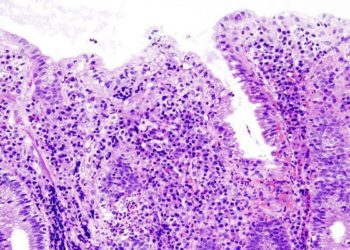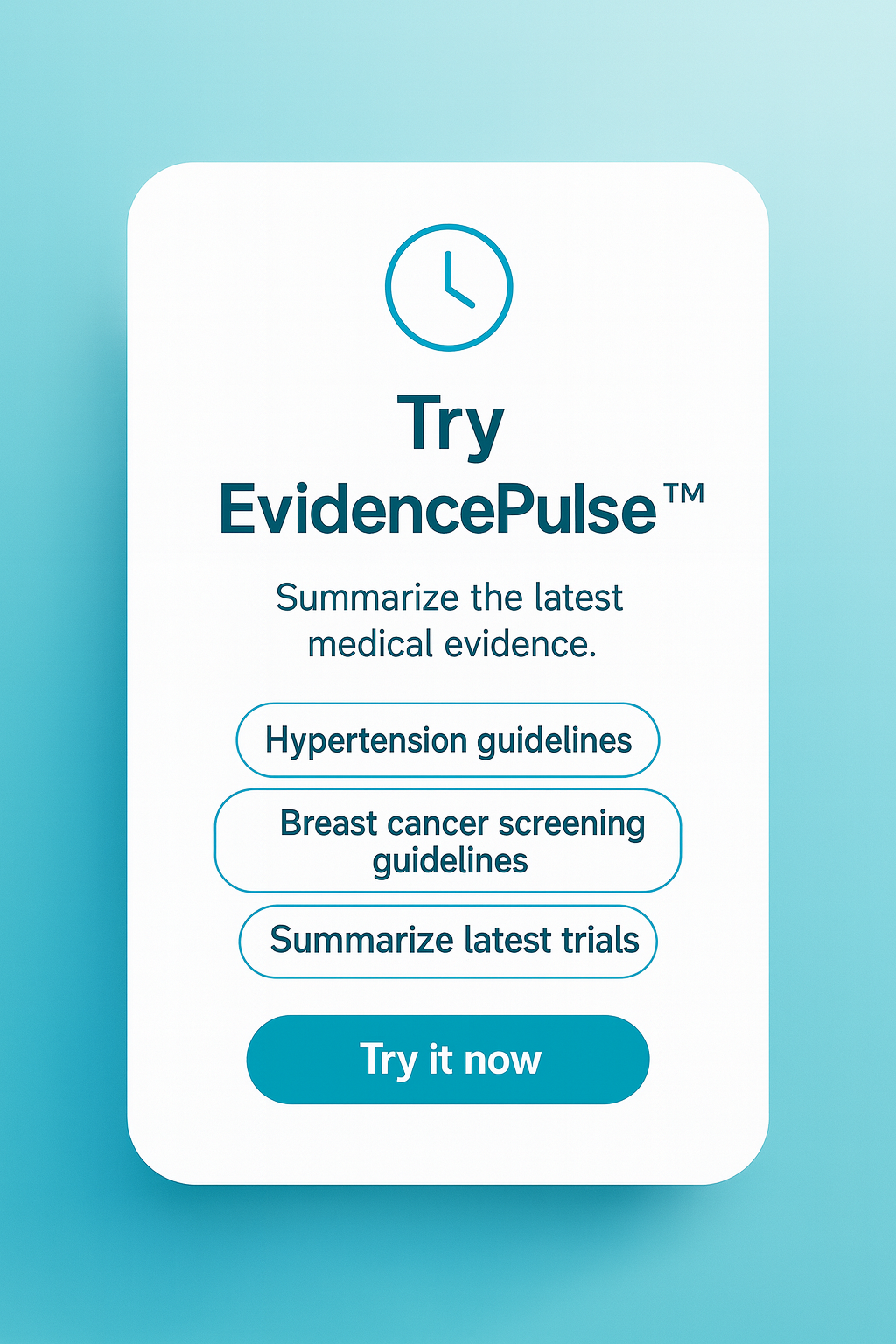Early-life pain exposure associated with impaired neurodevelopment association in female infants
1. Female infants had a greater association between experiences of early-life pain and altered neural connectivity as observed via magnetic resonance imaging.
2. Worse neurodevelopmental outcomes were associated with decreased brain connections.
Evidence Rating Level: 1 (Excellent)
Study Rundown: Premature neonates are often subject to various lifesaving procedures. While receiving this care, they experience a period of rapid brain maturation, which may be vulnerable to environmental factors such as pain. While early exposure to pain has been associated with adverse neurodevelopmental outcomes, the association between sex and this relationship has not been characterized. Understanding the sex differences in the associations between early-life pain and neurodevelopment may lead to more effective treatment options. Early life was explained as the time between birth and early-life magnetic resonance imaging (MRI)(median [IQR] postmenstrual age [PMA], 32.9 [31.7-34.3] weeks) or to a postmenstrual age (PMA) of 32.9 weeks for infants who did not undergo an early-life MRI. Pain was determined as the number of invasive procedures the infant underwent during the weeks following birth. A slower rate of neural connectivity maturation was observed in female, but not male infants who experienced early life pain. Study findings are the first to outline a potential sex-related difference in the relationship between early pain and brain maturation, and highlights the importance of avoiding painful stimuli during the neonatal periods, especially in female infants.
Click to read the study in JAMA Network Open
Relevant Reading: Experience of early-life pain in premature infants is associated with atypical cerebellar development and later neurodevelopmental deficits
In-Depth [Prospective Cohort]: There is a lack of data understanding the sex-specific differences in the association between early-life pain and neurodevelopment. This prospective cohort study investigated whether there were sex-specific associations in preterm infants with early-life pain exposure and 18-month neurodevelopmental outcomes. To better understand the connection between early exposure to pain and brain maturation, 193 infants born before 32 weeks were recruited from 2 tertiary neonatal intensive care units, to participate in the prospective cohort study. MRI with diffusion tensor imaging was utilized on the infants to assess anatomical connections in the brain. Neurodevelopmental outcomes were assessed through the Bayley Scales of Infant and Toddler Development. A total of 150 infants (80 [53%] male and 70 [47%] female; median [IQR] gestational age at birth, 27.1 [25.4-29.0] weeks) were included in the study. Global efficiency was used to measure the ability of the brain to integrate information from brain regions, whereas local efficiency was used as a measure of network segregation, and small worldness assessed for network segregation and integration. Any infants with congenital or genetic abnormalities were excluded from participating. In females, early-life pain was associated with global efficiency (pain x PMA at scan interaction P=.002), and local efficiency (pain x PMA at scan interaction P=.005), but not small worldness. However, in male infants, there was no such association. When the cohort was combined, greater early-life pain was associated with a decrease in global (coefficient, -0.46; 95% CI, -0.78 to -0.14; P=.004) and local (coefficient, -0.57; 95% CI, -1.04 to -0.10; P=.02) efficiency and strength of the regional connection. The interaction between early-life pain and PMA was compared separately between females and males. Greater early-life pain was associated with lower levels of thalamocortical (coefficient, -0.003; 95% CI, -0.006 to -0.001; P=.008) and thalamostriatal (coefficient, -1.17; 95% CI, -1.77 to -0.57; P<.001) connection strength when their interaction with early-life pain was removed.
Image: PD
©2024 2 Minute Medicine, Inc. All rights reserved. No works may be reproduced without expressed written consent from 2 Minute Medicine, Inc. Inquire about licensing here. No article should be construed as medical advice and is not intended as such by the authors or by 2 Minute Medicine, Inc.








